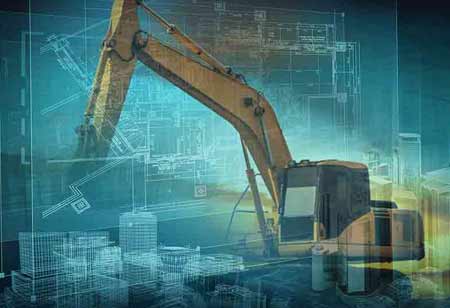Thank you for Subscribing to Construction Business Review Weekly Brief
Specials
- Apartment and Condominium Contractors Canada
- Decking Canada
- Architectural Glass Europe
- MEP APAC
- Construction Saudi Arabia
- German Apartment and Condominium Contractors
- Construction Law APAC
- Outdoor Construction
- Foundation Construction Canada
- MEP Canada
- Kitchen and Bath
- Cold Storage Construction APAC
- Precast Concrete Europe
- Construction Staffing Europe
- Pre-Construction Services
- Flooring System APAC
- Scaffolding Canada
- Swimming Pool Construction Canada
- Construction Management Canada
- Cold Storage Construction Canada
- Flooring Systems Europe
- Residential Construction
- Concrete Canada
- Construction Cladding Europe
- Construction Cladding APAC
- Concretes, Aggregates and Construction Materials APAC
- Concretes, Aggregates and Construction Materials Europe
- Commercial Contractors Europe
- Commercial Contractors APAC
- Dummy
- Construction Insulation, Coating and Waterproofing
- Construction Management APAC
- Landscaping Canada
- Construction Coating Europe
- Construction Tech Startups Europe
- Insulation Services Europe
- Mechanical Contractor Canada
- Mould Remediation and Testing Europe
- Swimming Pool Construction APAC
- Building Sealing Solutions Europe
- Construction Engineering Services
- Mechanical Electrical and Plumbing
- Roofing Systems Europe
- Architectural Glass APAC
- Startups APAC
- Construction Forensic and Owners Representative
- Flooring System
- Waterproofing APAC
- Wall Systems
- Safety and Compliance Europe
- Construction Bidding and Auctions
- Modular and Prefab Construction
- Architectural Glass
- Construction MENA
- Construction Demolition and Recycling Europe
- Modular Construction Europe
- Construction Interiors
- Steel Building APAC
- HVAC
- Doors and windows
- Construction Latam
- Building Information Modeling APAC
- Sustainable Construction APAC
- Building Restoration and Maintenance
- Commercial Contractors
- Specialty Construction
- Construction Engineering Canada
- Construction Engineering MENA
- Modular Construction Canada
- Modular Construction APAC
- Roofing and Siding Systems
- Workforce Management and Staffing
- Roofing Systems APAC
- Construction Consulting
- Steel Building Europe
- Construction Demolition and Recycling APAC
- Safety and Compliance APAC
- Concretes, Aggregates and Construction Materials
- Construction Cladding
All about Moisture Control In Construction Process
It's a good idea to think about utilizing building materials that can get wet and dry rapidly.

By
Construction Business Review | Tuesday, November 30, 2021
Stay ahead of the industry with exclusive feature stories on the top companies, expert insights and the latest news delivered straight to your inbox. Subscribe today.
Fremont, CA: Moisture control, according to the United States Environmental Protection Agency (EPA), is critical for any structure, extending its structural integrity, materials, and components. Learn how appropriate design and construction may assist in avoiding moisture problems and keeping moisture under control.
What Causes Moisture Problems?
While there are apparent sources of moisture problems in buildings, such as plumbing leaks and floods, several less visible factors may cause considerable damage. These include:
- Humid indoor air becomes trapped behind external wall wallpaper.
- Using damp or wet building materials when building.
- Rain or snow infiltration via doors or foundations.
How to Aid in Moisture Control During Design and Construction
Do not enclose damp or wet objects.
According to the EPA, it is critical to maintaining all materials dry throughout construction, especially those that are more vulnerable to moisture, such as: o Masonry walls
- Finished woodwork
- Floor tiles
It should get noted, however, that water may be necessary for the installation of some components. If this is the case, keep the materials dry and away from any objects that may become moist as a result.
- Keep track of condensation levels.
Buildings may get planned and built so that the surface temperatures are constantly above the dew point, preventing condensation from forming. It's especially critical for roof assemblies during colder weather since condensation problems might get masked.
Use Moisture-Tolerant Materials and Smart Sealants
It's a good idea to think about utilizing building materials that can get wet and dry rapidly. Furthermore, sealants play a significant function in building waterproofing by keeping moisture from entering the structure during and after construction.





